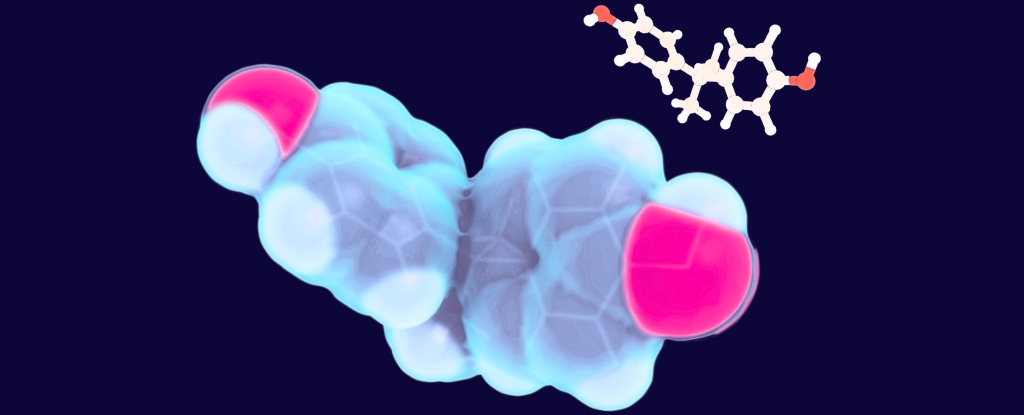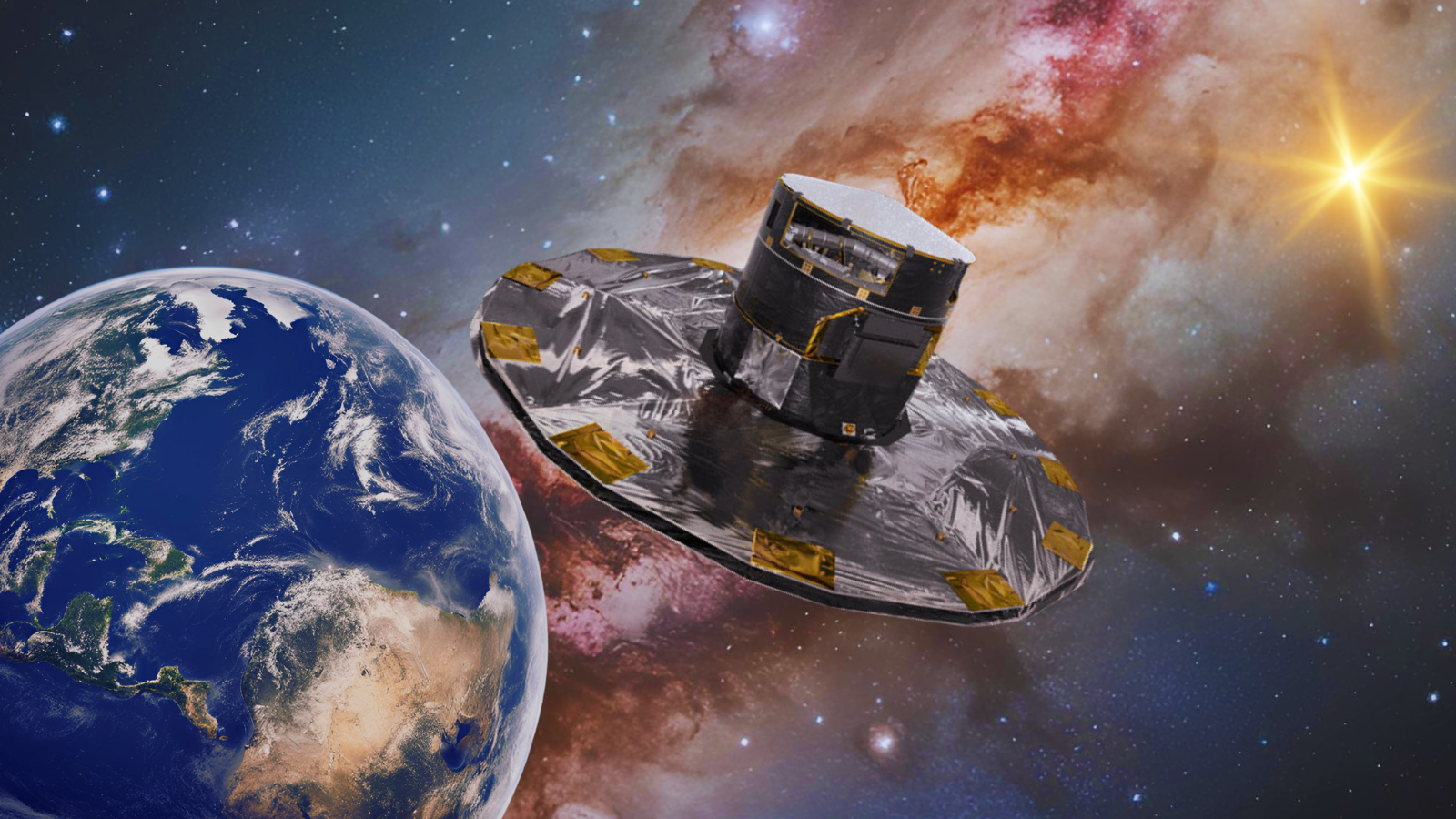Getting To Mars Quickly With Nuclear Electric Propulsion
A spacecraft takes between about seven and nine months to reach Mars. The time depends on the spacecraft and the distance between the two planets, which changes as they follow their orbits around the Sun. NASA’s Perseverance is the most recent spacecraft to make the journey, and it took about seven months. If it didn’t … Continue reading "Getting To Mars Quickly With Nuclear Electric Propulsion" The post Getting To Mars Quickly With Nuclear Electric Propulsion appeared first on Universe Today.

A spacecraft takes between about seven and nine months to reach Mars. The time depends on the spacecraft and the distance between the two planets, which changes as they follow their orbits around the Sun. NASA’s Perseverance is the most recent spacecraft to make the journey, and it took about seven months.
If it didn’t take so long, then Mars would be within reach of a human mission sooner rather than later. NASA is exploring the idea of using nuclear electric propulsion to shorten the travel time.
Sending a crewed mission to Mars is much more complicated than sending a robotic explorer like Perseverance. Perseverance will be left there after its mission ends. But humans need to return to Earth. One of the main restrictions is launch windows. These occur every 26 months when the planets are closest to one another, making the trip shorter and more manageable. So, a crewed return mission to Mars could take about four years, depending on factors like the crew’s time on the planet.
A more efficient propulsion system under development could transport a crew to Mars on a round-trip in only about two years, according to its proponents. Engineers at NASA’s Langley Research Center are working on a nuclear electric propulsion system that could bring Mars within reach in these timeframes. These systems use a nuclear reactor to generate electricity, which is used to ionize or positively charge gaseous propellants and create thrust.
But there’s a catch: it has to be assembled in space.
The system is called the Modular Assembled Radiators for Nuclear Electric Propulsion Vehicles, or MARVL. MARVL is connected to NASA’s goal of developing a Mars Transit Vehicle, aka Deep Space Transport, in the next decade or by the late 2030s.
One of the system’s components is its heat dissipation system. The system is an array about the size of a football field once deployed. The idea is to break the system up into separate components that can be robotically assembled in space.
“By doing that, we eliminate trying to fit the whole system into one rocket fairing,” said Amanda Stark, a heat transfer engineer at NASA Langley and the principal investigator for MARVL. “In turn, that allows us to loosen up the design a little bit and really optimize it.”

Folding the entire system up into a small enough payload to fit inside a rocket fairing isn’t really an option. Engineers have successfully folded other spacecraft into nosecones and then deployed them after release. The JWST’s mirror is probably the best example of that. But the JWST’s primary mirror is only 6.5 meters (21 ft and 4 inches) across. That’s far smaller than MARVL’s heat dissipation system, and it was still an elaborate challenge.
Making the heat dissipation system modular and assembling it in space with robots opens up new possibilities. The components could be launched into space in any order and in any combination that makes sense.
Space robotics is advancing and will play a larger and larger role as the future unfolds. The entire idea is an engineering challenge, but one that’s not that far out of reach. NASA’s Langley Research Centre has been working on these types of problems for decades.
Langley is a huge complex covering more than 700 acres that employs thousands of engineers, technicians, and scientists. It has made pioneering contributions to flight and spaceflight. The Centre played an important role in the development of the Apollo Lunar Module and contributed to other endeavours like the Hubble Space Telescope and the Viking Mars Lander. Space technology and research is one of their primary focuses.
This is an opportunity to produce a vehicle from the ground up that is designed to be launched in pieces and assembled in space.
“Existing vehicles have not previously considered in-space assembly during the design process, so we have the opportunity here to say, ‘We’re going to build this vehicle in space. How do we do it? And what does the vehicle look like if we do that?’ I think it’s going to expand what we think of when it comes to nuclear propulsion,” said Julia Cline, a mentor for the project in NASA Langley’s Research Directorate. Cline led the center’s participation in the Nuclear Electric Propulsion tech maturation plan development as a precursor to MARVL.
The Nuclear Electric Propulsion (NEP) system wasn’t the only one under consideration. NASA also considered the Nuclear Thermal Propulsion (NTP) system. They also considered a “quad-wing” design for the NEP system because it could be folded into the Space Launch System’s payload fairing. However, that system required a larger surface area, and the deployment systems in that design were heavy and complicated. It also required more propellant.

The Bi-Wing design has several advantages over the Quad-Wing design. It can be launched piece by piece in commercial launch vehicles without the need for the SLS. The rocket payload fairing doesn’t restrict the radiator size, and it avoids solar flux, which would inhibit cooling.

NASA gave the MARVL project team two years to develop the idea. By then, the team hopes to have a small-scale ground demonstration ready.
“One of our mentors remarked, ‘This is why I wanted to work at NASA, for projects like this,'” said Stark, “which is awesome because I am so happy to be involved with it, and I feel the same way.”
The post Getting To Mars Quickly With Nuclear Electric Propulsion appeared first on Universe Today.
What's Your Reaction?







































